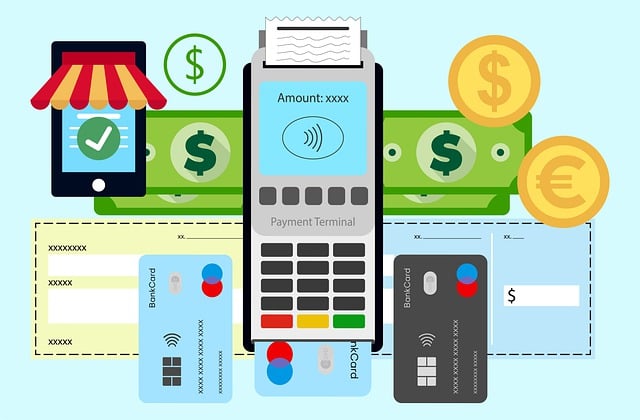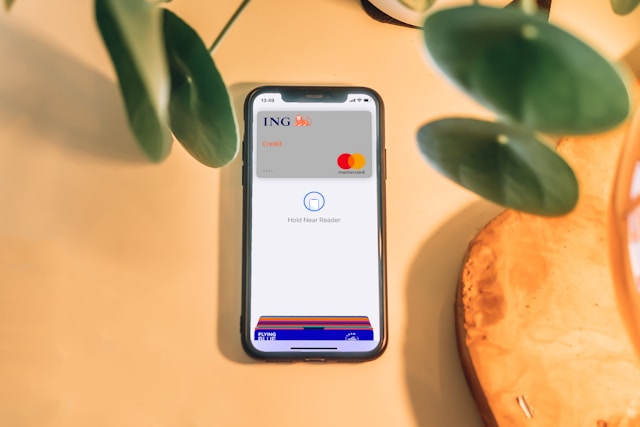
Subscriptions are now a regular part of modern life. From streaming platforms and cloud storage to productivity tools and professional software, managing recurring payments can quickly become overwhelming. Many people lose track of what they’re paying for, how much they’re spending, or even when renewals occur. Fortunately, there’s a smart solution to simplify this: using virtual cards to manage subscriptions.
Traditional debit or credit cards link directly to your main account, meaning all subscription charges draw from one source. This can make budgeting and tracking expenses difficult—especially if multiple services renew on different days. A more flexible and secure approach is to use platforms like zil.us that offer dedicated tools for creating and managing virtual payment methods.
A virtual card is a digital-only payment card that can be used online like a physical card but offers enhanced control and privacy. For subscription management, this means no more surprise charges or struggling to find which service used which card. It gives you a centralized, customizable, and secure way to oversee your recurring payments.
Why Subscriptions Are Hard to Track
With many services offering free trials or low monthly fees, it’s easy to sign up without considering long-term costs. Over time, these charges can pile up, especially when subscriptions renew automatically without clear reminders. This often results in forgotten services draining your funds month after month.
Another common issue is trying to cancel a service. If you lose access to your original card or it gets replaced, some platforms may block your account or make it difficult to cancel, causing even more frustration. Managing all subscriptions through a single traditional card adds risk and reduces your financial visibility.

How Virtual Cards Solve These Problems
Virtual cards offer an organized way to manage subscriptions by allowing users to generate multiple cards, each with unique settings. This means each subscription can have its own card, making it easier to track spending, monitor usage, and cancel services quickly when needed. Here are some specific ways they help:
- Individual Control: Assign a separate virtual card to each subscription for easier tracking and budget management.
- Spending Limits: Set a monthly cap on each card to prevent overspending or unexpected price increases.
- Auto-Disable: Create disposable cards that automatically expire after a set time, perfect for free trials.
- Security Boost: Keep your main bank account safe by avoiding direct connections to third-party services.
These features put you in control of your subscriptions rather than the other way around. No more guesswork about where your money is going or dealing with long cancellation processes through customer support.
Benefits for Busy Professionals and Families
Virtual card management isn’t just for tech-savvy users—it’s ideal for busy professionals, freelancers, or families with shared accounts. Parents can issue limited-use cards for their kids’ apps or games. Freelancers can separate work-related tools from personal expenses. Everyone gains more clarity on where their money goes every month.
For teams or small businesses, this method also brings transparency to shared tools and collaborative subscriptions. Each team member or department can use a unique card tied to their services, allowing clearer tracking of professional expenses.

Tips to Maximize Efficiency
Once you set up virtual cards for your subscriptions, it’s helpful to audit your payments every few months. Review which services you use most, which ones you forgot about, and which can be canceled or downgraded. Most virtual card platforms include dashboards that make this review process simple and visual.
- Label Each Card: Use clear labels (e.g., “Netflix,” “Dropbox”) to quickly identify what each card is for.
- Use Expiration Dates: Set an end date for free trials or limited-time subscriptions to prevent accidental renewals.
- Group Subscriptions: Organize cards by category—entertainment, productivity, kids—to streamline monitoring.
With better visibility and proactive planning, virtual cards can help you save money, reduce wasteful spending, and make your subscription life far more manageable. Whether you have just a few services or dozens, the control and customization they provide make them a powerful financial tool for the digital age.


